
A cheaper alternative
For those who have been waiting for a cheaper alternative to the Google Pixel 8 Pro and Google Pixel 8, the Google Pixel 8a is the answer. Like the Google Pixel 7a, it’s a step down but still a feature-rich phone that provides a solid experience for a value price. Rather than downgrade to the Google Pixel 7 to save money, you can get the latest in the line for a similar price point.
For
- Cheaper
- Great battery life
- 7 years of OS and security updates
- Has AI features
Against
- Not as durable
- Screen isn't as bright
- Doesn't have as much RAM
- Taps out at 256GB storage
Still the top of the line
If you have the extra dollars to spare, the Google Pixel 8 Pro is still the top-line device in the Pixel line-up. It has all the bells and whistles, including tons of great AI integration feature. The screen is beautiful and bright, the finish and materials elegant and stylish, and it has plenty of RAM and up to 1TB storage to keep up with your daily needs. But you’ll pay more for it.
For
- Fantastic and bright screen
- Powerful cameras and AI editing features
- Powerful processor, RAM
- Seven years of OS and security updates
Against
- Expensive
- No expandable storage
- G3 processor isn't yet ideal for gaming
Now that you know the Google Pixel 8a exists, the decision comes down to the Google Pixel 8a vs. Google Pixel 8 Pro. On the one hand, you save money and still get a new device with the Google Pixel 8a. On the other, you aren’t getting the most premium experience. Which way should you go? We’re here to help with this detailed comparison of the two Pixel phones.
Google Pixel 8a vs. Google Pixel 8 Pro: The look and basics
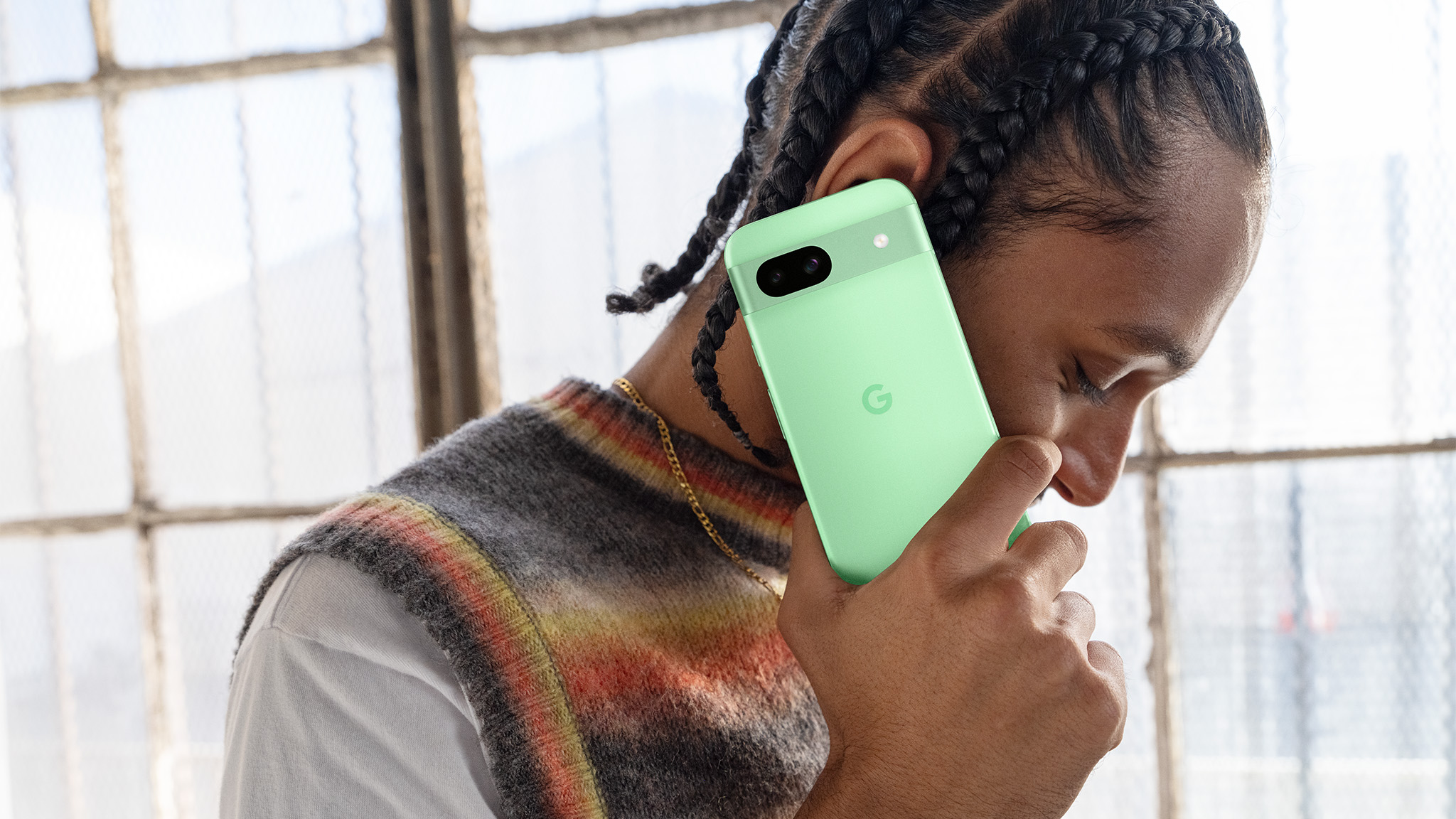
The Google Pixel 8a is Google’s “budget” entry option in the latest 8 line. Prior to its launch, if you wanted a step down from the Google Pixel 8, your best option would be the Google Pixel 7 or even the Google Pixel 7a. This device offers upgraded specs compared to those phones while still keeping the price down for a current device.
The Google Pixel 8a has a 6.1-inch Actua OLED display that boasts 1,080 x 2,400 resolution and up to 120Hz refresh rate. You get a decent up to 1,400 nits brightness in HDR or up to 2,000 nits peak brightness, which is great for viewing outdoors. It isn’t quite as bright and beautiful as the screen on the Google Pixel 8 Pro, but Google says it’s 40 percent brighter than the Pixel 7a screen.
The always-on screen is covered with Corning Gorilla Glass 3 with a fingerprint-resistant coating, and it’s made from a matte composite with a matte aluminum frame. So, it isn’t as durable, but considering you’ll be using a protective case, this might not matter much for regular everyday use. It comes in Obsidian and Porcelain and, for the first time with an A-series device, Bay, along with a brand-new limited edition Aloe finish. The Google Pixel 8a is also IP67 water- and dust-resistant, so slightly less rugged in this respect than the Pixel 8 Pro.
For the first time with an A-series model, you can choose from 128 GB or 256GB storage. This isn’t expandable, though, as with the Google Pixel 8 Pro. The Pixel 8a runs Android 14 and promises seven years of OS and security updates as well as frequent Feature Drops. So, like with other new Pixel devices, you can be assured that this phone will last you a long time.
Speaking of lasting, it has a 4,492mAh battery that Google says lasts for more than a day and can extend to up to 72 hours using the Extreme Battery Saver mode. It also supports both fast and wireless charging, the latter with Qi-certified chargers.
The Google Pixel 8a includes face and fingerprint unlock just like its bigger sisters along with stereo speakers with two mics and noise suppression, though you won’t get support for Spatial Audio. There’s no headphone jack, as is typical with most phones nowadays.
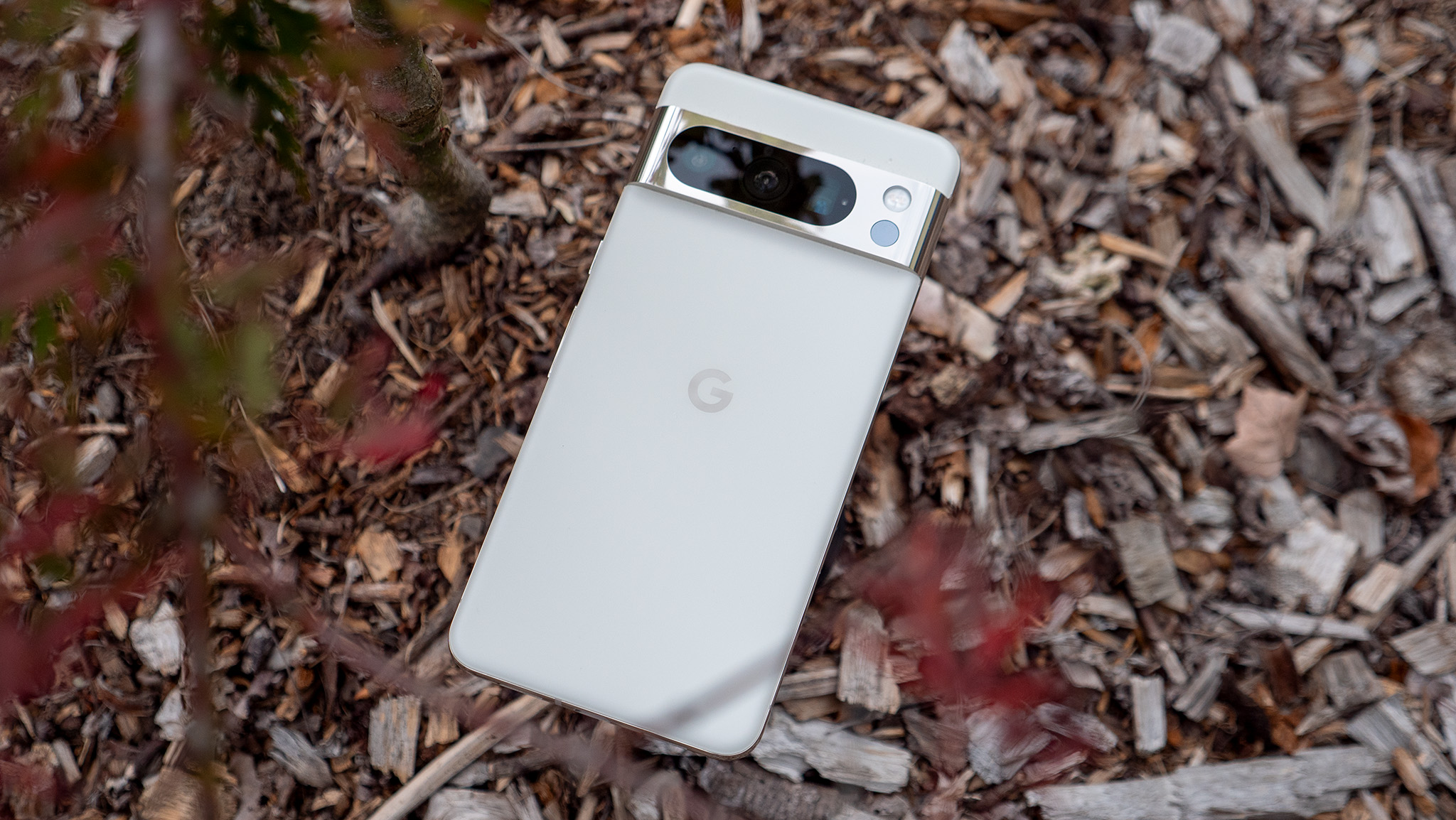
How does this compare to the Google Pixel 8 Pro? The flagship has a larger 6.7-inch Super Actua LTPO OLED display that boasts a higher resolution at 1,344 x 2992. It’s also brighter at 1,600 nits with a peak brightness up to 2,400 nits, so if you use your phone a lot outdoors in bright sunlight, this might matter to you. The refresh rate is adaptive as well at 1-120Hz, so it can keep up with demanding tasks.
The screen employs Corning Gorilla Glass Victus, which is more durable and resistant against scratches and fingerprints. But again, with a protective case, which is recommended for any phone, as well as a screen protector, this might not be a dealbreaker. This phone also has a higher IP68 water- and dust-resistant rating.
The Google Pixel 8 Pro comes in three finishes, Porcelain, Bay, and Obsidian, and you get the option for 512GB and 1TB capacities as well as 128GB and 256GB. If you plan to download a lot of apps and store tons of photos and other content and don’t want to rely on cloud storage, this phone is the better option since you can get tons more onboard storage. Of course, you’re also paying more for it. Keep in mind that the Google Pixel 8 Pro comes with a six-month trial compared to Google One Premium, which includes 2TB cloud storage.
The Google Pixel 8 Pro runs on Android 14 as well, with the same promise of seven years of OS and security updates. It has a larger 5,500mAh battery that can also last for up to 24 hours or longer, up to 72 hours, with the Extreme Battery Saver mode. This phone also supports fast charging and fast wireless charging, along with Battery Share for recharging compatible devices like Pixel Buds with the phone.
Along with the same fingerprint and face unlock, you get stereo speakers, three mics with noise suppression, and support for Spatial Audio. So, you’ll enjoy a better audio experience with this phone. This device also does not have a headphone jack.
Google Pixel 8 Pro vs. Google Pixel Fold: The specifications
Let’s break things down by specs to paint a clearer picture of how these two Google Pixel phones compare and contrast with one another.
It’s obvious from these specs that the Google Pixel 8a is a step down from the Google Pixel 8 Pro in several ways. But it’s all a matter of price and what you need and value the most.
Google Pixel 8a vs. Google Pixel 8 Pro: Power and processing
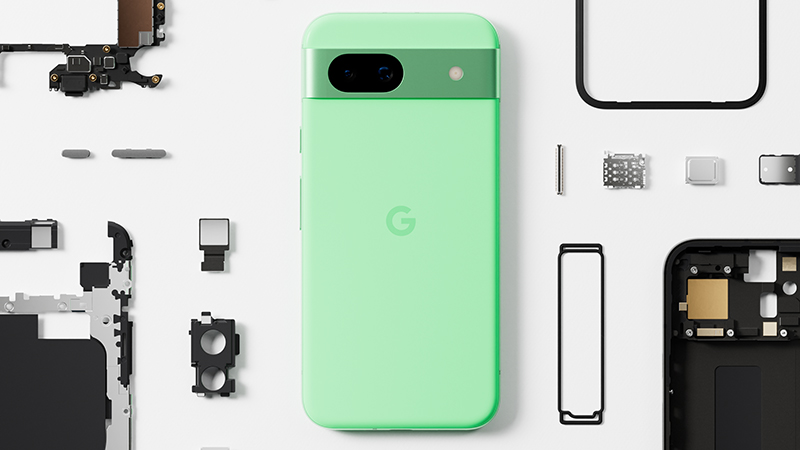
Not surprisingly, the Google Pixel 8a is a less powerful device than the Google Pixel 8 Pro. As noted, they both come loaded with Android 14, and both also include the Google Tensor G3 chip. You get less RAM with the Google Pixel 8a at just 8GB, but this is still respectable: you can expect the phone to meet your daily needs.
From a security perspective, you get VPN by Google One included with a purchase of the phone along with Google’s standard end-to-end security, which comes with every Pixel device. There’s also the Tensor security core, Titan M2 security chip, and anti-malware and phishing protection, all of which are par for the course with Pixel devices. Using Family Link, you can manage privacy settings, establish screen time limits, and share location, useful for parents getting this device for kids.
Interestingly, the Google Pixel 8a has all the same AI goodies as its bigger sister, like Circle to Search for easily searching for a subject or object by circling or scribbling over it, and Google’s Gemini. With the Gemini built-in AI assistant, once you enable extensions, just hold the power button to ask Gemini to do things like summarize an e-mail, help you brainstorm ideas, write a thank you note, or even plan a vacation.
There’s also Pixel Call Assist, Call Screen, Direct My Call, Hold for Me, Clear Calling, and other features. A fun new feature, presumably that will also be accessible in the Google Pixel 8 Pro, is called Audio Emoji. Effectively, you can create your own soundtrack on a call, playing audio “emoji” like applause or laughing as part of the conversation.
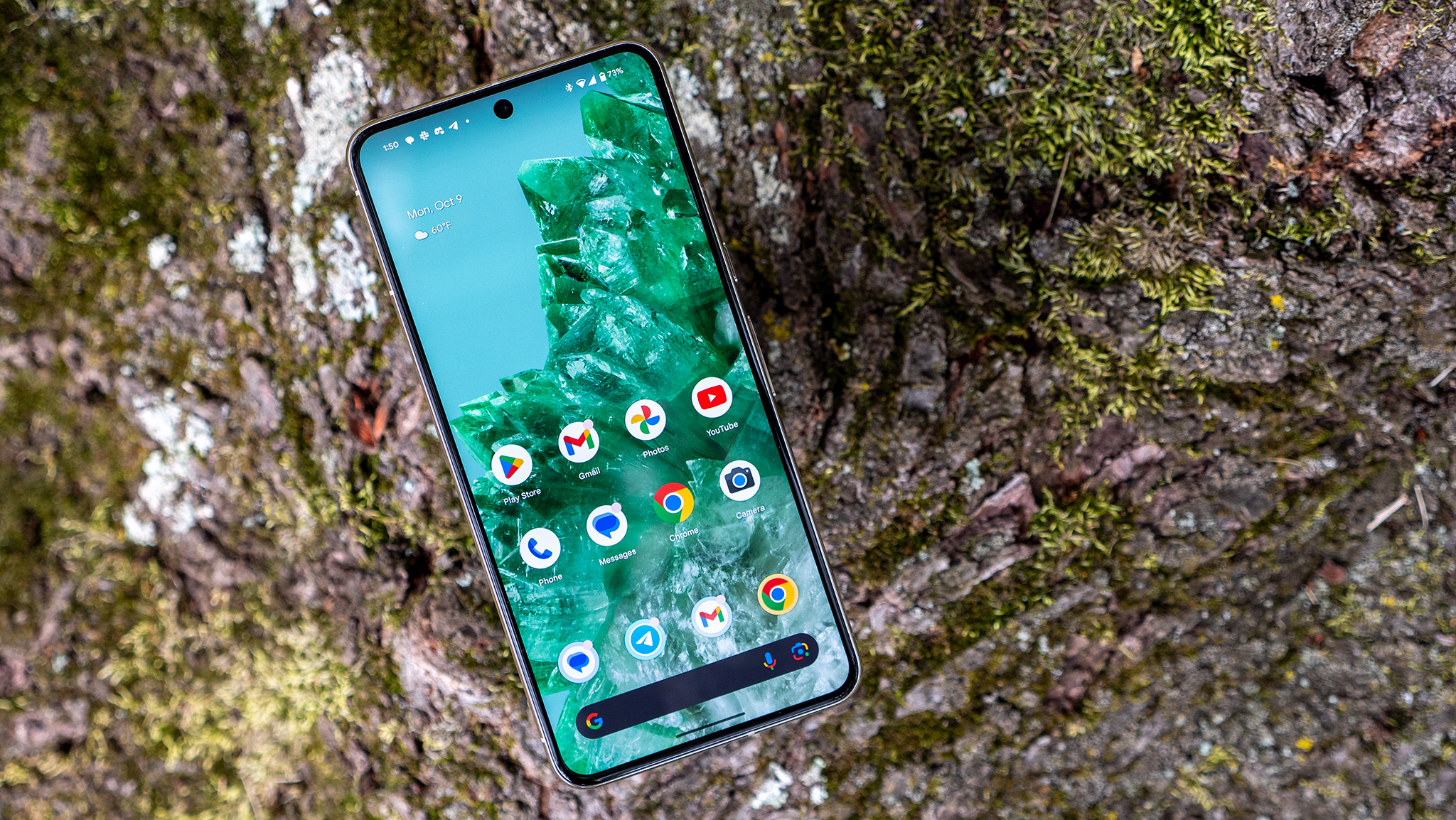
The Google Pixel 8 Pro has all that and more. Along with the Google Tensor G3 chip and Google AI, it has more RAM at 12GB. Note, however, that Android Central’s Nicholas Sutrich says he didn’t notice much of a difference when gaming with the Pixel 8 Pro over previous generation devices with the Google Tensor G2 chip. So, keep this in mind if you plan to do a lot of mobile gaming. The Google Pixel 8 Pro is still the better option between the two in this respect, though. It will be snappier and better for gaming, multi-tasking, and other high-resource apps.
Along with features like Call Screen to automatically screen and filter out spam calls, you can enjoy AI functions like Live Translate and an improved Google Assistant experience that can summarize web pages, even translate them, help you compose messages, and more.
It has the same security features, including VPN by Google One and the Titan M2 chip, and adds others like crisis alerts and car crash detection. While the built-in temperature sensor in the Google Pixel 8 Pro is a nice-to-have feature, there’s still some work to do with it, so it isn’t a deal-breaking feature.
For fitness folks, the Google Pixel 8 Pro comes with a six-month Fitbit Premium trial as well as three months of YouTube Premium if you love to watch videos on the device. This is a nice incentive that could sway you in the direction of this phone, too, especially if you own a Google Pixel Watch 2 or another compatible Fitbit device.
Google Pixel 8a vs. Google Pixel 8 Pro: The cameras
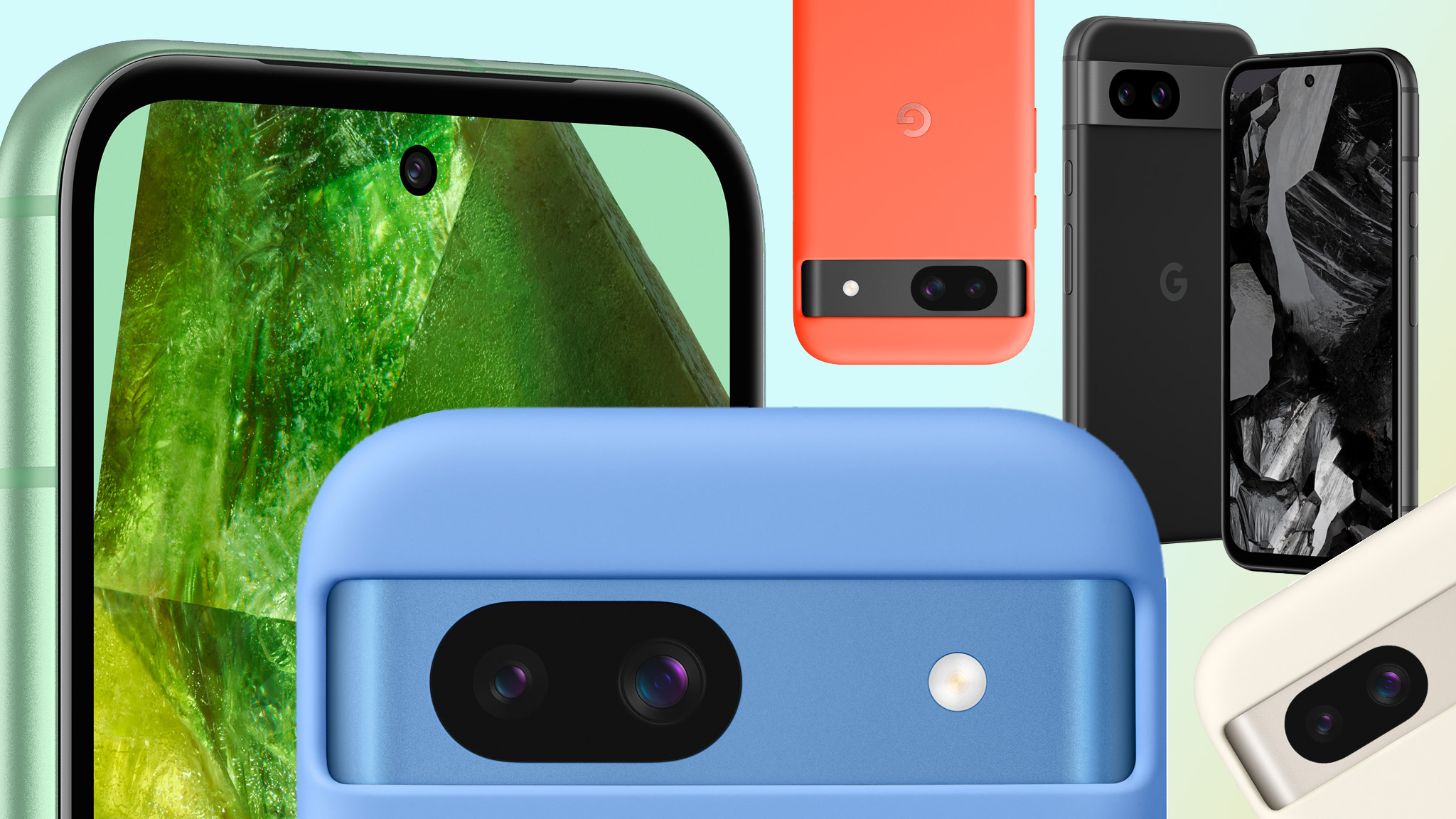
Taking photos from your mobile device is important. For some, in fact, the cameras could be the deciding factor between two phones.
The Google Pixel 8a comes out of the gate with a main camera that has a larger 64MP quad PD wide camera with Super Res Zoom up to 8x. It has a 13MP ultra-wide camera, ideal for getting group of panoramic scenic shots. This is complemented by the decent 13MP front camera, which has an ultra-wide field-of-view so you can get everyone in the photo and is actually higher resolution than the front camera in the Google Pixel 8 Pro.
You can enjoy all the typical Google Pixel photo editing and capture features like Magic Editor for repositioning and resizing objects and using preset backgrounds, Best Take for adjusting facial expressions for each person in a photo to get the best one (Sutrich says it works flawlessly), Magic Eraser, Photo Unblur, Real Tone, Face Unblur, Night Sight, Portrait Mode, and more. There’s also Audio Magic Eraser for videos, which removes distracting background noises. So, you’re getting all the same great features, but the cameras themselves aren’t the same.
With that said, we haven’t yet put the cameras in this phone through their paces, so we can’t compare head-to-head. But based on specs alone, and the expectation that the Google Pixel 8 Pro provides a superior experience, keep this in mind. Also consider that the Google Pixel 8 and even the Google Pixel 7a take wonderful photos, so you likely won’t be disappointed with the cameras in the Google Pixel 8a.
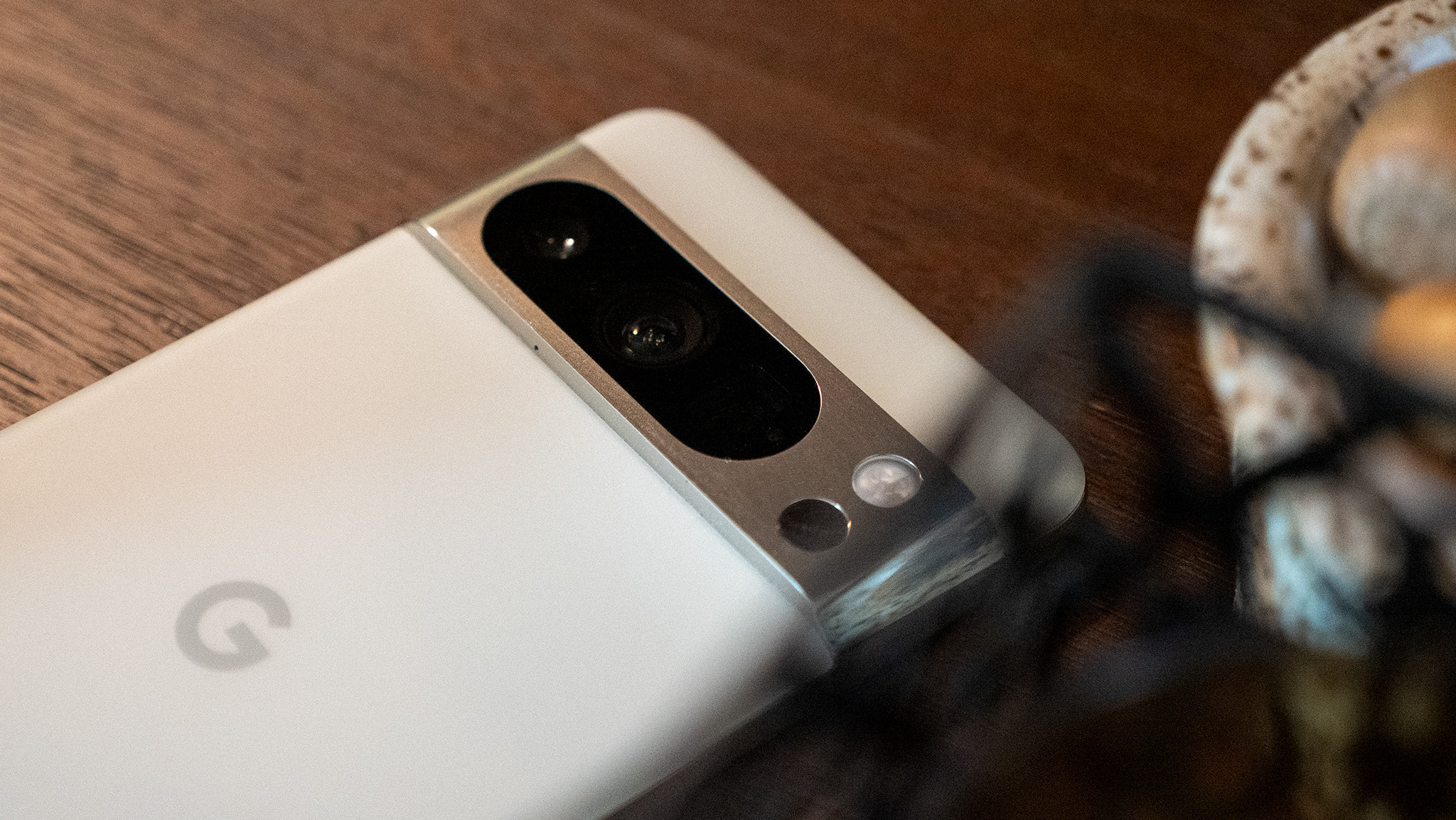
In terms of specs, the Google Pixel 8 Pro has a 50MP main camera, 48MP telephoto camera, 48MP ultra-wide camera with improved Macro focus, and 10.5MP front camera, so its front camera is actually lower resolution than the Google Pixel 8a. The Super Res Zoom is superior, however, going up to 30x. You get those same photo editing features like Photo Unblur, Magic Eraser, Face Unblur, Real Tone, Night Sight, and Best Take, as well as Astrophotography and, of course, Portrait mode.
There are some professional-level camera controls worth mentioning with the Google Pixel 8 Pro, including advanced camera settings for shutter speed, ISO, and more. There’s also Audio Magic Eraser for videos, which, as mentioned, you get in the Google Pixel 8a as well. Sutrich says it works “unbelievably well.”
Google Pixel 8a vs. Google Pixel 8 Pro: Which should you buy?
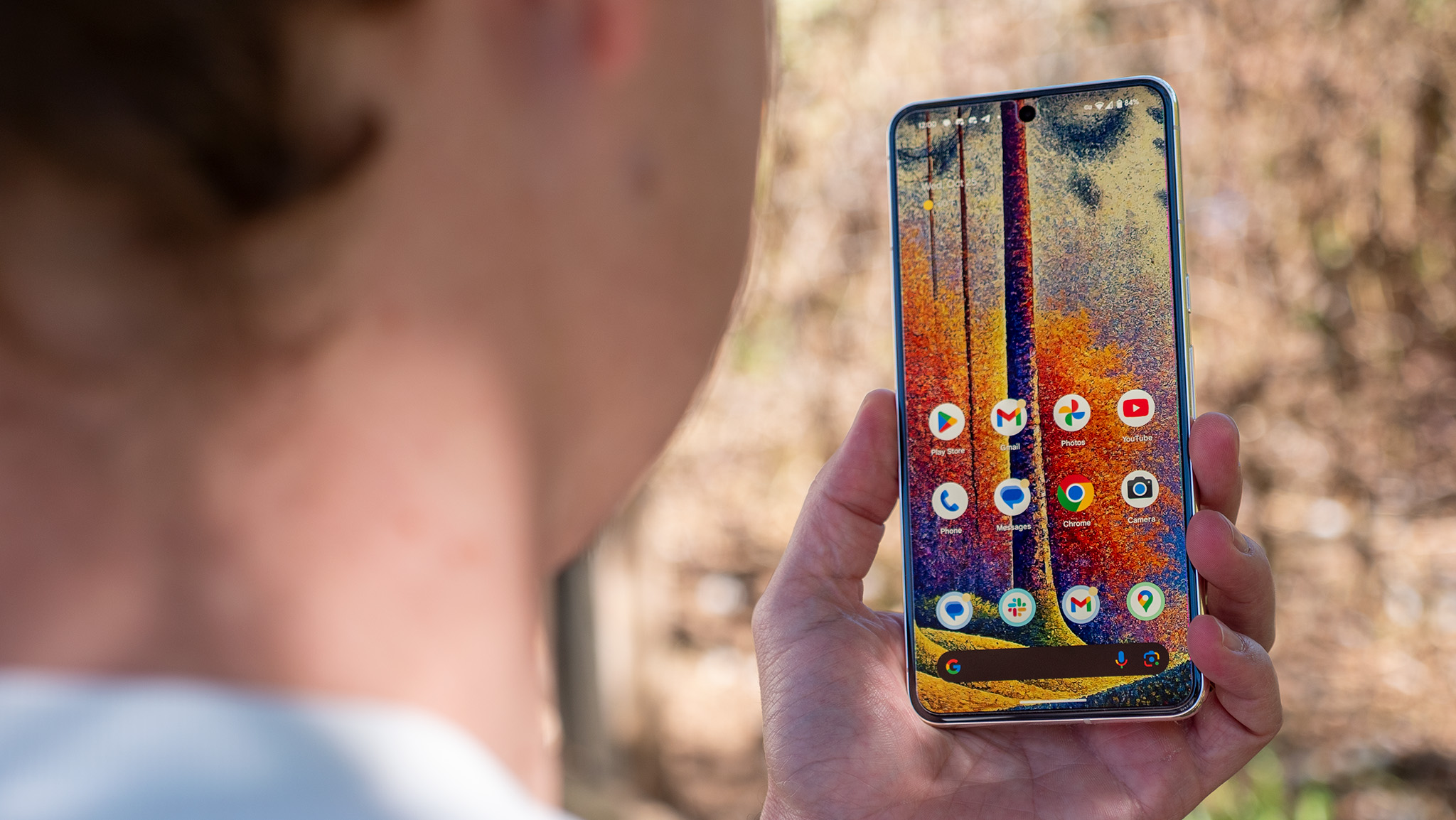
Now, it’s decision time. Which should you buy between the Google Pixel 8a vs. Google Pixel 8 Pro? It really comes down to budget and needs. If you just want a simple device for an affordable price, go with the Google Pixel 8a, which will easily rank among the best cheap Android phones. You’ll save a ton while also still coming out with premium features that are typically only reserved for higher-end models like the Google Pixel 8 Pro and Google Pixel 8. These range from photo editing tools to a wonderful primary and even selfie camera, fast processor, and lots of AI goodies.
If you want the best of the best, go with the Google Pixel 8 Pro. It is more powerful overall, has a more elegant and durable build, more RAM, larger storage options, and additional cameras. All the Google AI goodies will come in handy, and you may use them more than you think you will.
The nice Goldilocks option, if you can’t decide, is the Google Pixel 8, which sits neatly between these two devices. It has many of the same features with a few step-ups in design, build, and specs compared to the Pixel 8a, but with a smaller screen and some concessions compared to the Google Pixel 8 Pro. See our comparison between the Google Pixel 8 Pro vs. Google Pixel 8 to decide which one would suit you better if you think the Google Pixel 8a is too entry-level for you.
But as a fabulous first phone, secondary phone, or even a device for a teen or tween, the Google Pixel 8a is offered at a great price with tons of features to rival even some higher-end phones. If you prefer the smaller screen size, that might be enough to sway you towards this phone. For average, everyday use, good photos, and even the option to play around with AI features, the Google Pixel 8a is worth considering.
The bottom line: no matter which of the Pixel 8 devices you choose, you can rest assured that it will keep up with demanding tasks, take great photos, and provide an intuitive and pleasurable experience. The best part is that with seven years of updates promised for all three, you can easily sell or trade-in one and upgrade if needed, and the phone will retain its value for years to come.
Save some dough
If you’re looking for a premium Android device that’s new and will last a long time, the Google Pixel 8a offers a great solution at an affordable price. While it doesn’t have all the bells and whistles of the Google Pixel 8 Pro, it’s also more compact and might suit some users just fine.
Still among the best
For the best of the best not only Google has to offer, but among Android phones of all brands in general, save up and go with the Google Pixel 8 Pro. It’s a solid phone that excels in virtual every department, from the look and feel to the cameras, processing power, battery life, and AI.







